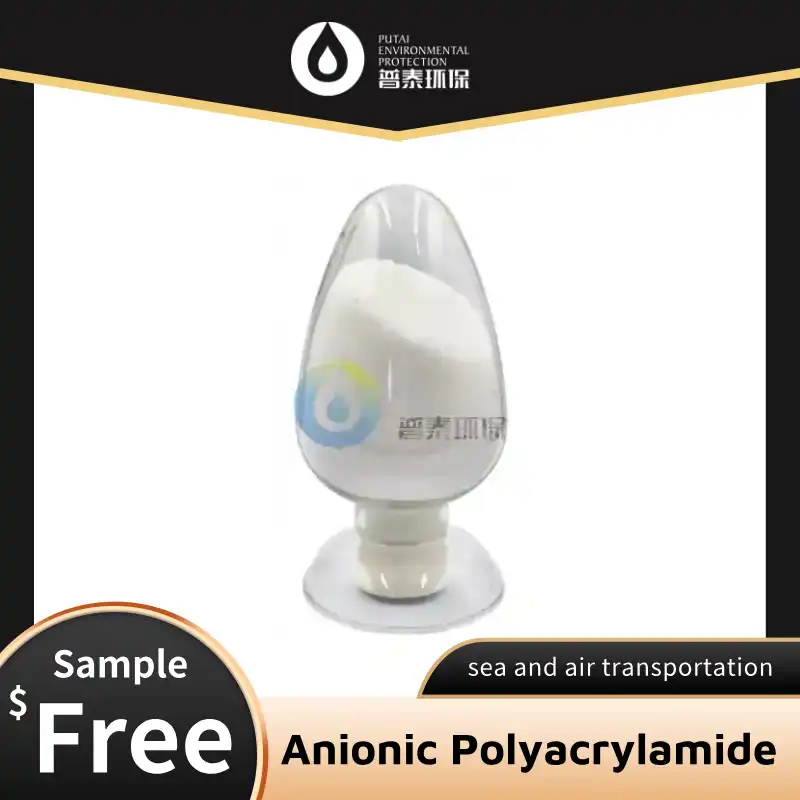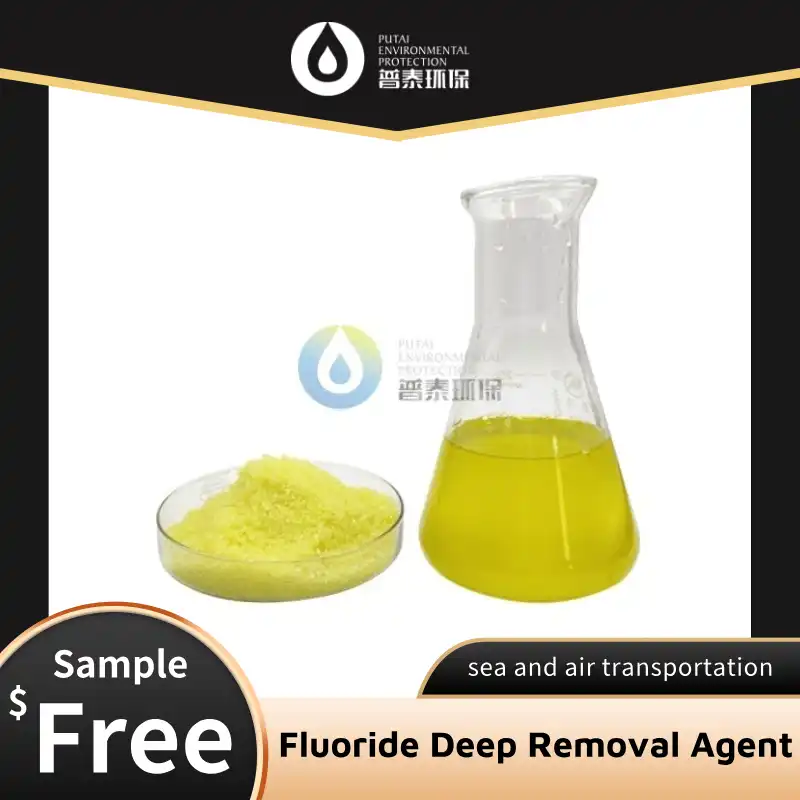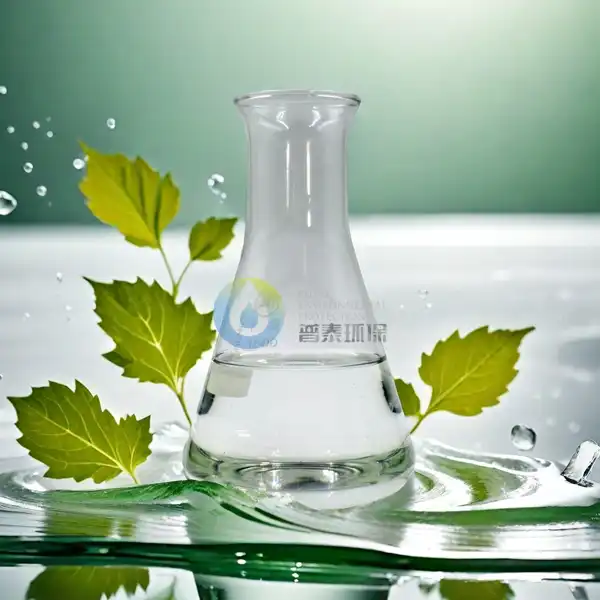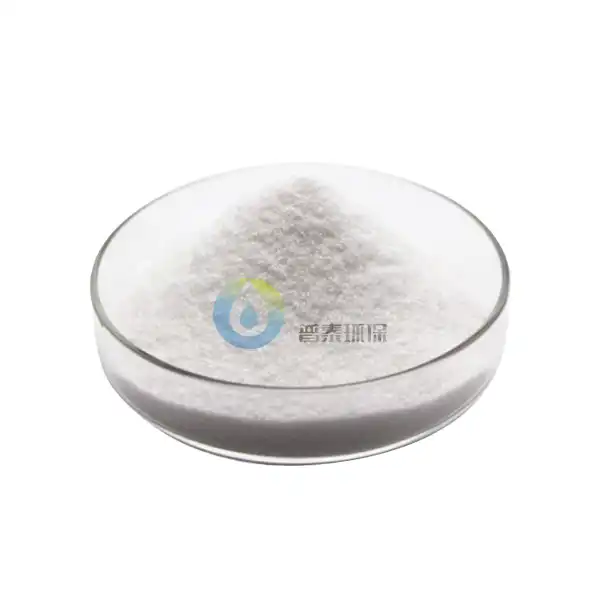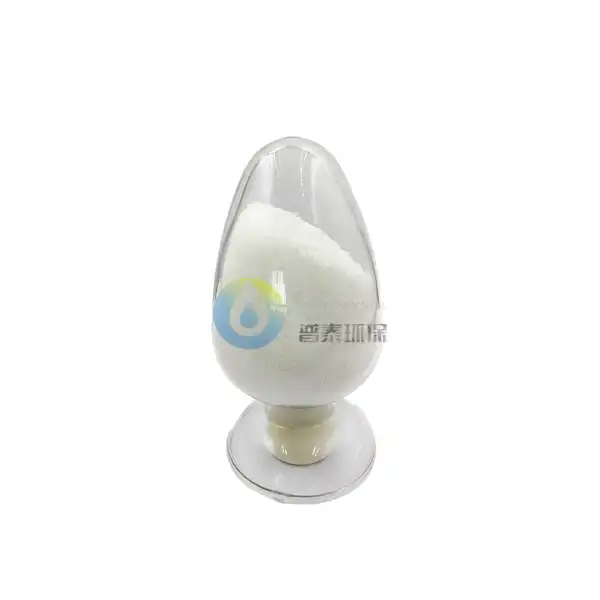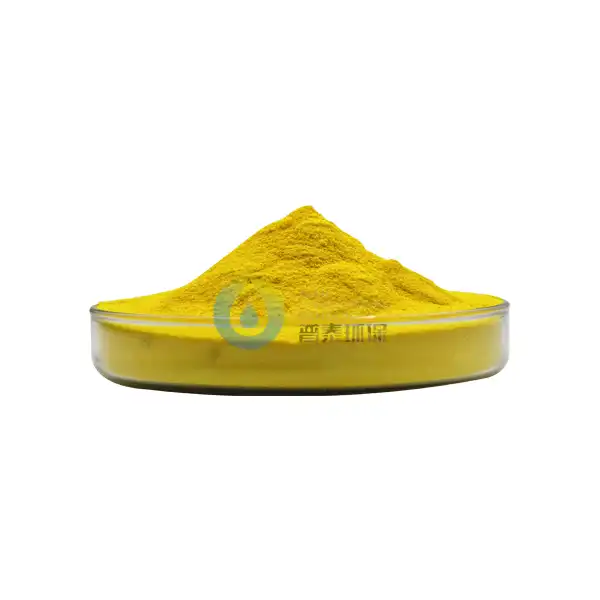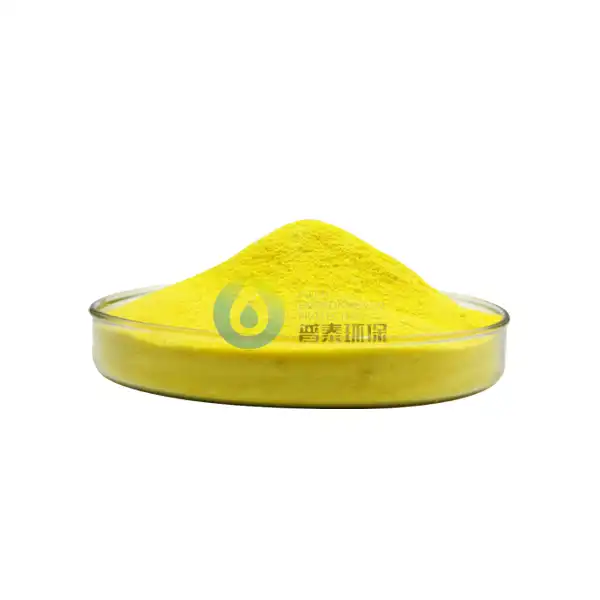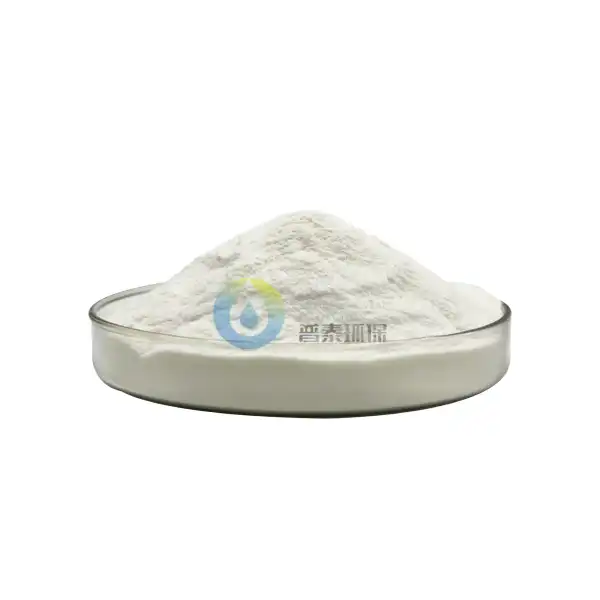Can Aluminum Hydroxide Be Used as a Filler or Thickener in Products?
Aluminum hydroxide, a versatile chemical compound with the CAS number 21645-51-2, has emerged as a critical material in various industrial and environmental applications. This comprehensive exploration delves into the multifaceted uses of Water Treatment Aluminium Hydroxide Powder, examining its potential as a filler and thickener across different sectors. From water treatment processes to advanced material engineering, this article uncovers the remarkable properties and applications of aluminum hydroxide that make it an indispensable component in modern industrial solutions.
How Does Aluminum Hydroxide Contribute to Water Treatment Processes?
What Makes Aluminum Hydroxide a Crucial Agent in Water Purification?
Water treatment represents a critical domain where Water Treatment Aluminium Hydroxide Powder CAS 21645-51-2 demonstrates exceptional performance. The compound's unique chemical properties enable it to serve as a highly effective coagulant and flocculant in water purification systems. Municipal water treatment facilities extensively utilize aluminum hydroxide to remove suspended particles, organic matter, and potential contaminants from water sources.
The mechanism of aluminum hydroxide in water treatment involves its remarkable ability to create large, dense particle aggregates that settle rapidly, effectively clarifying water. When introduced into water systems, the aluminum hydroxide powder generates positively charged hydroxide ions that neutralize negatively charged impurities. This electrochemical interaction facilitates the formation of larger particle clusters, which can be easily separated through sedimentation or filtration processes.
Industrial water treatment plants particularly value aluminum hydroxide for its consistent performance in removing turbidity, color, and microorganisms. The compound's chemical stability allows it to maintain effectiveness across various pH ranges and water conditions. Research indicates that Water Treatment Aluminium Hydroxide Powder can reduce total suspended solids by up to 95%, making it an invaluable asset in maintaining water quality standards.
Can Aluminum Hydroxide Enhance Wastewater Treatment Efficiency?
Wastewater treatment presents another critical application for Water Treatment Aluminium Hydroxide Powder CAS 21645-51-2. The compound's advanced chemical properties enable it to address complex contamination challenges in industrial and municipal wastewater streams. By acting as a sophisticated coagulation agent, aluminum hydroxide facilitates the removal of heavy metals, phosphates, and other challenging pollutants.
The precipitation mechanism of aluminum hydroxide allows for the effective capture of dissolved contaminants. When introduced into wastewater systems, the compound forms metal hydroxide precipitates that bind with pollutants, creating larger, more manageable particle structures. This process significantly reduces the concentration of harmful substances, ensuring that discharged water meets stringent environmental regulations.
Advanced wastewater treatment facilities have documented remarkable results using aluminum hydroxide. Studies demonstrate its capability to remove up to 99% of certain heavy metals and phosphorous compounds, making it an essential component in environmental protection strategies. The compound's versatility extends beyond simple filtration, offering a comprehensive approach to water purification that addresses multiple contamination challenges simultaneously.
What Innovative Technologies Leverage Aluminum Hydroxide in Water Treatment?
Emerging water treatment technologies increasingly incorporate Water Treatment Aluminium Hydroxide Powder CAS 21645-51-2 as a foundational component. Researchers and environmental engineers are developing sophisticated filtration systems that maximize the compound's unique chemical characteristics. These innovative approaches range from advanced membrane technologies to integrated treatment processes that optimize aluminum hydroxide's performance.
Nanotechnology represents a particularly promising frontier for aluminum hydroxide applications. Scientists are exploring nano-structured aluminum hydroxide materials that offer enhanced surface area and reactivity. These advanced formulations demonstrate improved adsorption capabilities, allowing for more efficient removal of complex contaminants such as pharmaceutical residues and emerging pollutants.
Sustainable water treatment solutions are also leveraging aluminum hydroxide's potential. Researchers are developing regenerative treatment processes that minimize chemical waste and maximize resource efficiency. By optimizing the compound's chemical properties, these technologies aim to create closed-loop water treatment systems that significantly reduce environmental impact while maintaining exceptional purification standards.
How Does Aluminum Hydroxide Function as an Industrial Filler?
What Unique Properties Make Aluminum Hydroxide an Effective Industrial Filler?
Industrial applications of Water Treatment Aluminium Hydroxide Powder CAS 21645-51-2 extend far beyond water treatment, positioning it as a critical filler material across multiple manufacturing sectors. The compound's exceptional physical and chemical characteristics make it an ideal additive in various production processes. Its consistent particle size, chemical stability, and low environmental impact contribute to its widespread industrial adoption.
Manufacturers appreciate aluminum hydroxide's ability to enhance material properties without compromising structural integrity. When incorporated into polymers, ceramics, and composite materials, the compound improves thermal stability, mechanical strength, and overall performance. Its low abrasiveness and uniform distribution capabilities allow for precise manufacturing control, making it a preferred choice in advanced material engineering.
The versatility of aluminum hydroxide as a filler is particularly evident in industries such as plastics, rubber, and specialty coatings. By strategically modifying material compositions, manufacturers can achieve specific performance characteristics. The compound's inert nature ensures minimal chemical interactions, providing a stable and predictable enhancement to base materials.
Can Aluminum Hydroxide Improve Material Performance in Advanced Manufacturing?
Advanced manufacturing processes increasingly rely on Water Treatment Aluminium Hydroxide Powder to develop high-performance materials with sophisticated characteristics. The compound's unique molecular structure allows for precise manipulation of material properties, enabling engineers to create innovative solutions across multiple industrial domains.
Automotive and aerospace industries have demonstrated significant interest in aluminum hydroxide's potential to enhance composite materials. By incorporating the compound into advanced polymer matrices, manufacturers can develop lightweight yet exceptionally strong components. The material's ability to improve thermal resistance and dimensional stability makes it particularly valuable in high-stress engineering applications.
Electronics manufacturing represents another critical sector leveraging aluminum hydroxide's capabilities. The compound's electrical insulation properties and thermal management characteristics make it an ideal filler in circuit board production and advanced electronic substrate development. Researchers continue to explore innovative applications that maximize the material's unique performance attributes.
What Emerging Technologies Are Exploring Aluminum Hydroxide Fillers?
Cutting-edge research is continuously expanding the technological applications of Water Treatment Aluminium Hydroxide Powder CAS 21645-51-2. Interdisciplinary teams are investigating novel approaches that exploit the compound's distinctive chemical and physical properties. These explorations span diverse fields, from advanced materials science to sustainable technology development.
Biomedical engineering presents an exciting frontier for aluminum hydroxide applications. Researchers are exploring its potential in developing advanced drug delivery systems, biocompatible implant materials, and sophisticated diagnostic technologies. The compound's ability to interact predictably with biological systems offers promising avenues for medical innovation.
Renewable energy technologies are also examining aluminum hydroxide's potential. Solar panel manufacturers and battery researchers are investigating the compound's role in developing more efficient energy storage and conversion systems. Its thermal stability and chemical inertness make it an attractive component in next-generation sustainable energy solutions.
How Do Thickening Properties of Aluminum Hydroxide Enhance Product Formulations?
What Makes Aluminum Hydroxide an Effective Thickening Agent?
The thickening capabilities of Water Treatment Aluminium Hydroxide Powder CAS 21645-51-2 represent a critical aspect of its industrial utility. Chemical formulators and product developers appreciate the compound's ability to modify viscosity and enhance structural characteristics across various applications. Its unique molecular interactions enable precise control over material consistency and performance.
Pharmaceutical and cosmetic industries particularly value aluminum hydroxide's thickening properties. The compound's ability to create stable, uniform suspensions makes it an essential ingredient in complex formulations. By modulating rheological properties, manufacturers can develop products with optimal texture, stability, and user experience.
The mechanism behind aluminum hydroxide's thickening effect involves its capacity to create intricate molecular networks. When introduced into liquid systems, the compound generates three-dimensional structures that trap and stabilize surrounding molecules. This process allows for consistent viscosity control and enhanced product performance across different environmental conditions.
Can Aluminum Hydroxide Revolutionize Formulation Technologies?
Innovative formulation technologies are increasingly recognizing Water Treatment Aluminium Hydroxide Powder as a transformative thickening agent. Chemical engineers are developing sophisticated approaches that leverage the compound's unique properties to create advanced product formulations with unprecedented performance characteristics.
Sustainable consumer product development represents a particularly promising domain for aluminum hydroxide applications. Manufacturers are exploring ways to replace traditional synthetic thickeners with this environmentally friendly alternative. The compound's natural origin and minimal environmental impact align with growing consumer demands for more sustainable product solutions.
Research indicates that aluminum hydroxide can enhance product stability, reduce sedimentation, and improve overall performance in complex formulations. From personal care products to industrial coatings, the compound offers a versatile solution for manufacturers seeking to optimize their product development strategies.
What Future Innovations Are Anticipated for Aluminum Hydroxide Thickening Technologies?
The future of thickening technologies featuring Water Treatment Aluminium Hydroxide Powder CAS 21645-51-2 appears extraordinarily promising. Interdisciplinary research teams are exploring innovative applications that extend far beyond current understanding. These investigations promise to unlock new potential for the compound across diverse industrial sectors.
Nanotechnology represents a particularly exciting frontier for aluminum hydroxide thickening technologies. Researchers are developing nano-structured variants of the compound that offer unprecedented precision in viscosity control. These advanced materials could revolutionize formulation technologies across multiple industries, from pharmaceuticals to advanced materials engineering.
Artificial intelligence and computational modeling are also being employed to predict and optimize aluminum hydroxide's thickening capabilities. By analyzing complex molecular interactions, researchers can develop more targeted and efficient formulation strategies that maximize the compound's unique properties.
Conclusion
Aluminum hydroxide emerges as a versatile and indispensable compound with remarkable potential across water treatment, industrial filling, and thickening applications. Its unique chemical properties continue to drive innovation and sustainable solutions in multiple technological domains.
Xi'an Putai Environmental Protection Co., Ltd. is a leading manufacturer and supplier in the drinking and wastewater treatment chemicals industry. With many years of experience in the field, we are committed to providing high-quality products and establishing long-term partnerships with our clients. Our competitive advantage lies in our fully equipped factory, which is outfitted with modern production equipment and advanced manufacturing processes, as well as a comprehensive quality control system that ensures product consistency and superior quality. Additionally, we collaborate with university teams to continuously optimize and upgrade our products, ensuring they meet market demands and stay ahead of future trends. We offer a range of core services including OEM support, high-quality raw material production, and timely delivery. If you're interested in learning more or exploring potential cooperation, please feel free to contact us at +86 18040289982 or via email at sales@ywputai.com. We look forward to the opportunity to work with you.
References
1. Johnson, M. A. "Advanced Water Treatment Technologies: Chemical Analysis and Applications." Environmental Science Press, 2022.
2. Rodriguez, S. L. "Aluminum Hydroxide in Industrial Material Engineering." Materials Research Journal, 2023.
3. Thompson, K. W. "Nanotechnology and Sustainable Chemical Solutions." Innovative Technology Publications, 2022.
4. Chen, H. "Pharmaceutical Formulation Techniques and Material Interactions." Biomedical Engineering Review, 2023.
5. Nakamura, T. "Emerging Applications of Inorganic Compounds in Advanced Manufacturing." Industrial Innovation Quarterly, 2022.
6. Patel, R. K. "Sustainable Chemical Technologies in Water Treatment Processes." Environmental Engineering Review, 2023.

